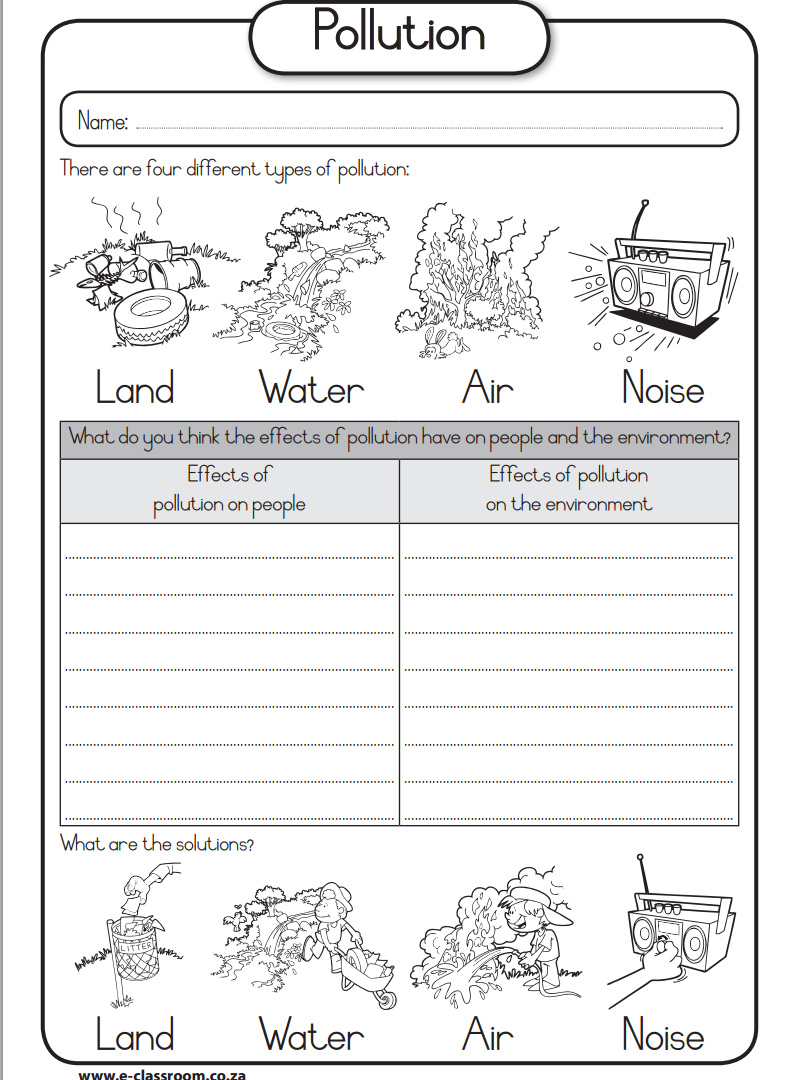The Sparkling Truth: Understanding Water Pollution
Imagine a world where every sip of water tasted strange, where fish struggled to breathe, and rivers shimmered with an unnatural sheen. This, unfortunately, isn't a fantasy—it's the reality of water pollution, a silent threat lurking beneath the surface of our planet's most precious resource.
Water, the lifeblood of our planet, is facing a crisis. From the majestic oceans to the smallest streams, pollution is contaminating our waterways at an alarming rate. But what exactly is water pollution? In simple terms, it's the contamination of water bodies—rivers, lakes, oceans, groundwater—with harmful substances, rendering it unsafe for drinking, swimming, and supporting aquatic life.
The story of water pollution is, sadly, not a new one. It began with the dawn of industrialization, when factories started discharging untreated waste into nearby rivers. Over time, the problem escalated, with sewage, agricultural runoff, and plastic waste joining the ranks of pollutants. This cocktail of contaminants has devastating consequences for both human and environmental health.
Think of a pristine lake teeming with life—fish darting through clear waters, birds nesting along its banks. Now, picture that same lake choked with plastic bags, its surface shimmering with an oily residue. This is the stark reality of water pollution. It disrupts delicate ecosystems, killing fish and other aquatic creatures. Polluted water isn't just harmful to wildlife; it poses a serious threat to human health as well. Drinking contaminated water can lead to a host of diseases, from cholera and typhoid to more chronic conditions.
The fight against water pollution is a global challenge that requires collective action. Governments, industries, and individuals all have a crucial role to play in protecting our water resources. From reducing our reliance on single-use plastics to supporting sustainable farming practices, every step we take towards a cleaner, greener future counts. The health of our planet, and our own well-being, depends on it.
Understanding the different types of water pollution is crucial in tackling this issue head-on. Point source pollution, for instance, originates from a single, identifiable source, like a factory discharge pipe. Nonpoint source pollution, on the other hand, is more diffuse, stemming from multiple sources like agricultural runoff or urban stormwater.
Educating ourselves and future generations about water pollution is paramount. Resources like children's books, interactive websites, and educational apps can empower kids to become water warriors. These tools explain complex concepts in an engaging and age-appropriate manner, fostering a sense of responsibility towards our planet.
The benefits of environmental education, particularly in the context of water pollution, are manifold. It fosters environmental stewardship, encouraging children to adopt eco-friendly habits. It ignites a passion for science, inspiring future generations to pursue careers in environmental protection. Most importantly, it equips children with the knowledge and skills to become agents of change, advocating for policies and practices that safeguard our planet's health.
Let's turn the tide on water pollution together. By understanding the problem, spreading awareness, and taking action, we can ensure a future where clean water is a right, not a privilege.
Scouting the future a deep dive into the latest nfl draft prospects
The language of love unpacking the significado de rosa roja
Stevenson funeral home miles city a compassionate guide














